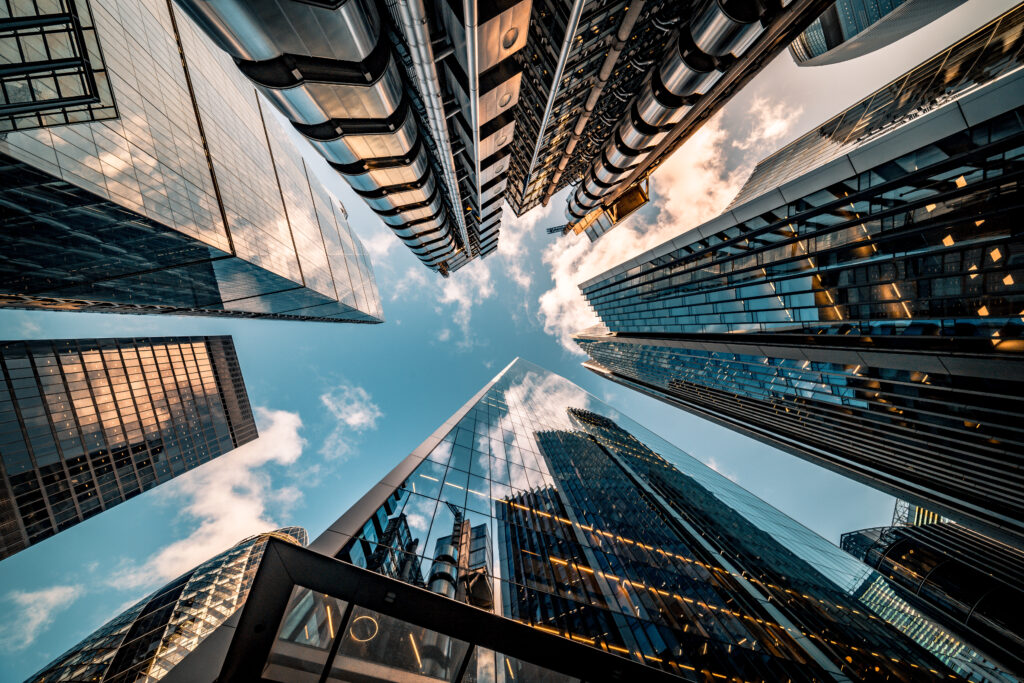The Tate Modern opened in 2000, and attracts millions of visitors each year. But what impact does this have on the Tate’s neighbours?
Background
In 2012, the Neo Bankside development of 217 luxury flats was opened next to the Tate Modern. In 2016, the Tate Modern was extended, and opened a 360-degree viewing platform on the tenth floor, which looked directly out on the Neo Bankside development. The viewing platform attracts around 500,000 visitors each year.
The claim
In 2017, a number of the flat owners at Neo Bankside brought a claim against the Tate Modern in nuisance, claiming that visitors to the viewing gallery were able to look into their apartments, and in some cases, were using binoculars to do so. The flats, some of which were around 40 metres away from the viewing platform, had floor to ceiling windows, and visitors to the viewing platform were able to see directly into flats that were at a similar height to the viewing platform. The flat owners sought an injunction to prevent people from viewing their flats from the platform, or alternatively damages.
The claim was originally rejected by both the High Court (that said the flat owners should put up blinds or curtains) and the Court of Appeal, and reached the Supreme Court in December 2021. The Supreme Court published its judgment in February 2023 and has determined (on a three-two majority) that overlooking from one property to another property is capable of being a private nuisance.
The Supreme Court said it needed to consider if the Tate Modern’s use of the land had caused a substantial interference with the ordinary use of the flat owner’s land. The Court said that it was not difficult to imagine how oppressive living in such circumstances would feel for an ordinary person, and compared it to like being ‘on display in a zoo’. It also clarified that ‘overlooking’ could be a nuisance, a concept previously rejected by the Court of Appeal.
The Tate argued that the flat owners were being overly sensitive and had not raised objections to the planning permission to build the extension. It also said it had erected signs asking visitors not to take pictures of the neighboring flats, although the Court determined that these were of little use.
Unfortunately, the Supreme Court did not decide on the nature of the remedy for the flat owners and the case has been referred back to the High Court to determine what will happen to the viewing gallery, and whether the Tate will have to pay damages.
The viewing gallery itself has been closed since Covid and may not re-open, or the Court may determine that the Tate has to erect screens to prevent future visitors from being able to peer into the nearby flats.
The decision has surprised many people who thought the Supreme Court may follow the decisions of the lower courts. Each case will of course be determined on its own facts, but this case has helped clarify this area of the law of nuisance.
We offer expert Dispute Resolution services to both individuals and businesses. Find out more below:
